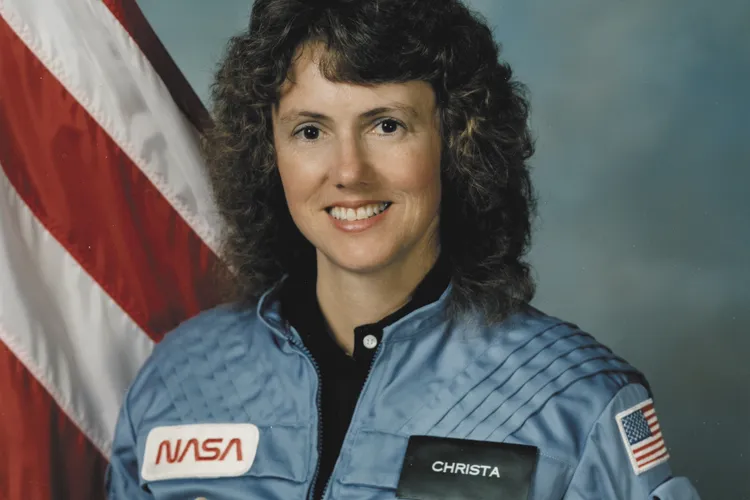Christa McAuliffe’s Life Ended in Tragedy on the ‘Challenger’ Shuttle. Here’s How the High School Teacher Was Chosen for the Ill-Fated Flight
NASA’s “Teacher in Space” added joy to many Americans’ lives and increased excitement for the future of spaceflight, though she never reached her destination
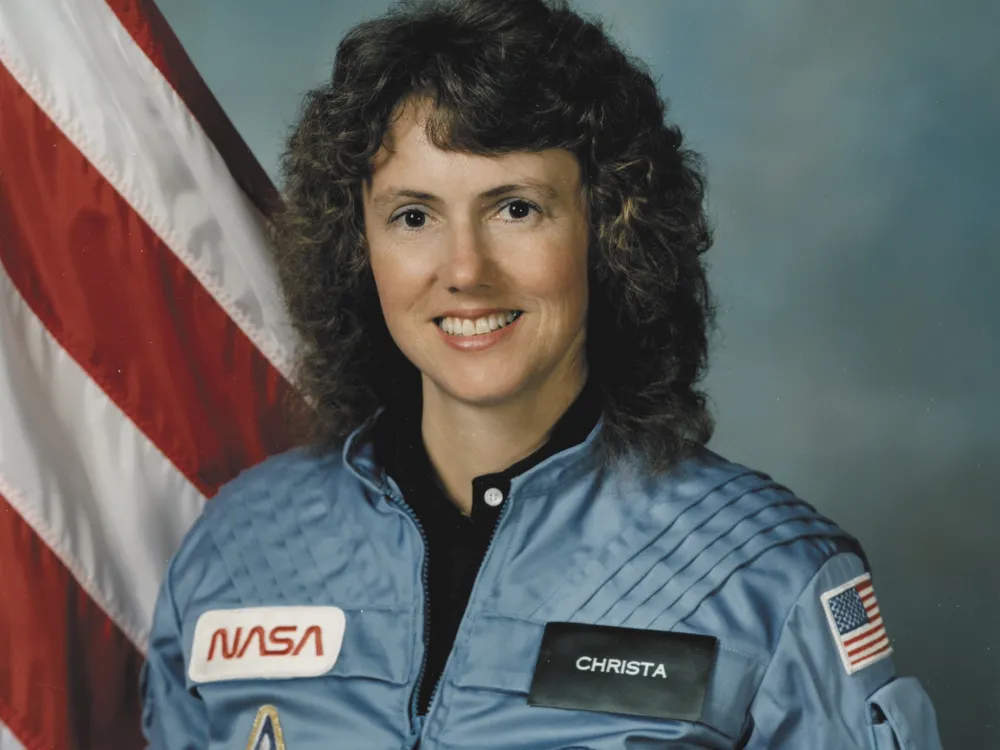
Key takeaways: What happened to the space shuttle Challenger?
- NASA’s Challenger shuttle exploded 73 seconds into its liftoff on January 28, 1986. All seven crew members on board were killed.
- Christa McAuliffe, set to be the first teacher in space, was among the crew.
On July 19, 1985, Christa McAuliffe stood in the White House’s Roosevelt Room and heard her name called by Vice President George H.W. Bush. She stepped forward, instantly emerging into the national spotlight as the “Teacher in Space” who ultimately would fly on the shuttle Challenger. From that moment, her life was a flurry of press conferences, interviews and astronaut training, as many Americans viewed her as a new symbol of NASA’s space program.
From its beginning in the late 1950s, NASA made publicizing its mission vital. Prioritizing communication led to “having a history office, having a publications office, having a library and an archive,” says Margaret A. Weitekamp, a curator at the Smithsonian’s National Air and Space Museum.
The Teacher in Space project, part of NASA’s Space Flight Participant Program, sprang from a 1983 task force of the NASA Advisory Council and was endorsed by NASA Administrator James Beggs before receiving White House approval from President Ronald Reagan. NASA’s space shuttle offered room for more than the two or three astronauts who had previously used NASA spacecraft, and it provided optimal space to conduct multiple experiments. The craft seemed ideal for welcoming travelers who were not former test pilots, as the earliest astronauts were—or who were not astronauts at all.
In 1984, after the announcement of the program, 11,000 teachers applied for a seat on the shuttle. The list of applicants was eventually whittled down to ten finalists, and McAuliffe was chosen.
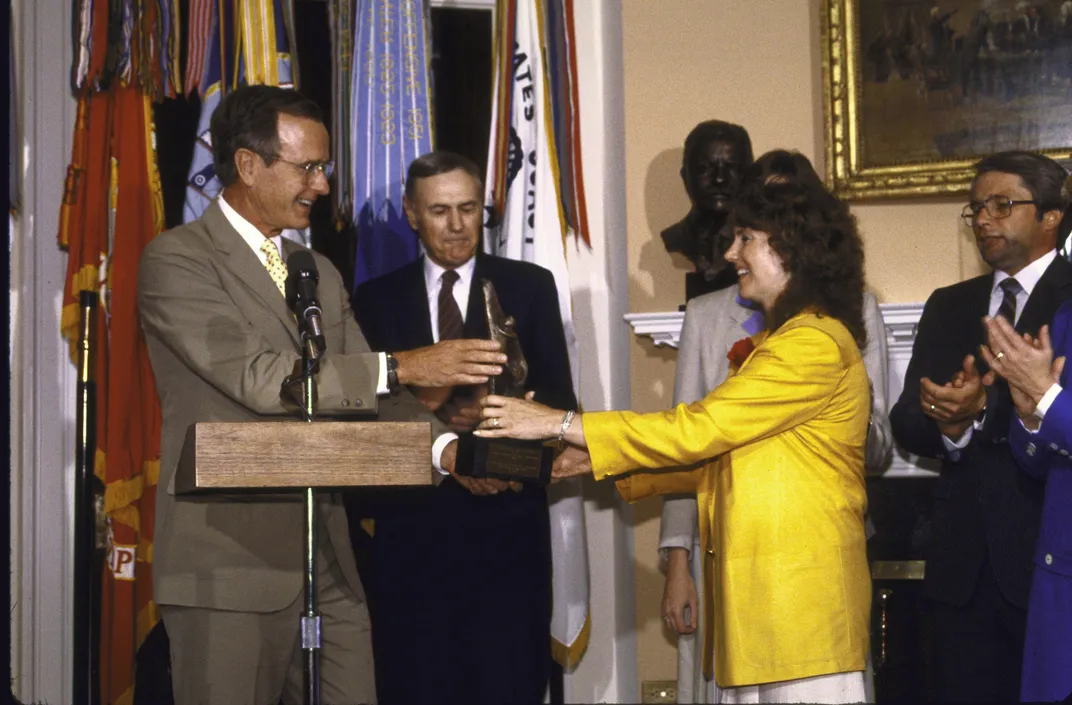
As the Teacher in Space, McAuliffe was “putting a human face on human spaceflight,” Weitekamp says. McAuliffe was born on September 2, 1948, in Boston. After graduating from Framingham State College, she began her teaching journey as a substitute in Morningside, Maryland. Eventually, she and her husband, Steve McAuliffe, settled in Concord, New Hampshire, and she taught at Concord High School. In a 1985 assembly, she said goodbye to the high school seniors she was meant to teach that fall before her selection. In her address to the students, she said, “I really don’t want to say goodbye to any of you people. But I will be coming back for graduation. I’ve already told NASA that’s something I’m not going to miss.”
She left them with encouragement: “Push yourself as far as you can, because if I can get this far, you can do it, too. And I really hope you have a wonderful year, and I’m going to miss all of you.”
Before the launch, she spent only a few months training to work alongside astronauts. However, part of her unspoken job—spurring new excitement about space travel—began almost as soon as she received her assignment. As well as being interviewed by journalists from small-town and big-city newspapers, radio and TV stations, she appeared on The Tonight Show Starring Johnny Carson without breaking a sweat. The teacher later reportedly said, “I’ve handled children for 15 years in the classroom; I can manage 15 minutes with Johnny Carson.”
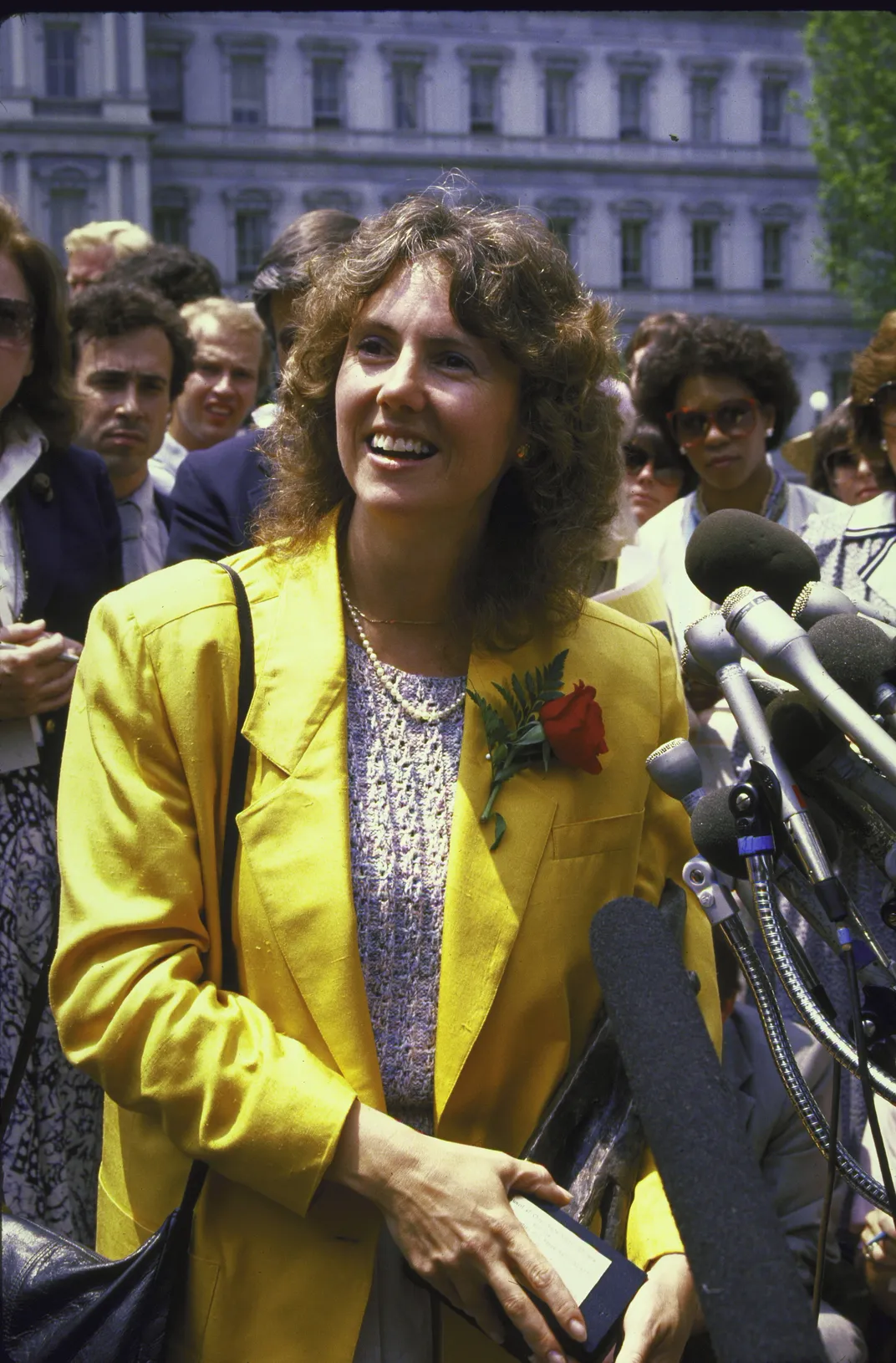
She planned to teach science lessons from space that could be seen across the nation via public broadcasters. During an interview, she said, “Imagine me teaching from space, all over the world, touching so many people’s lives. That’s a teacher’s dream!”
To get ready, she divided her time between making public appearances, studying her NASA homework and participating in flight rehearsals. She was assigned to STS-51-L, the 25th mission of the space program, aboard the Challenger shuttle, which was scheduled to take off from the Kennedy Space Center in January 1986—just six months after her selection. Four of the mission’s five astronauts—Dick Scobee, Judith Resnik, Ronald McNair and Ellison Onizuka—had previous experience in space. Michael Smith, the pilot, was making his first shuttle voyage. Also aboard was another member of the Space Flight Participant Program, Gregory Jarvis, a project manager for developing satellites at Hughes Aircraft. While Jarvis and McAuliffe wore NASA uniforms, they bonded over their shared sense of awe when surrounded by such an experienced crew. Included in McAuliffe’s NASA wardrobe was a Velcro name tag. A spare McAuliffe tag now resides in the Smithsonian’s National Air and Space Museum collection.
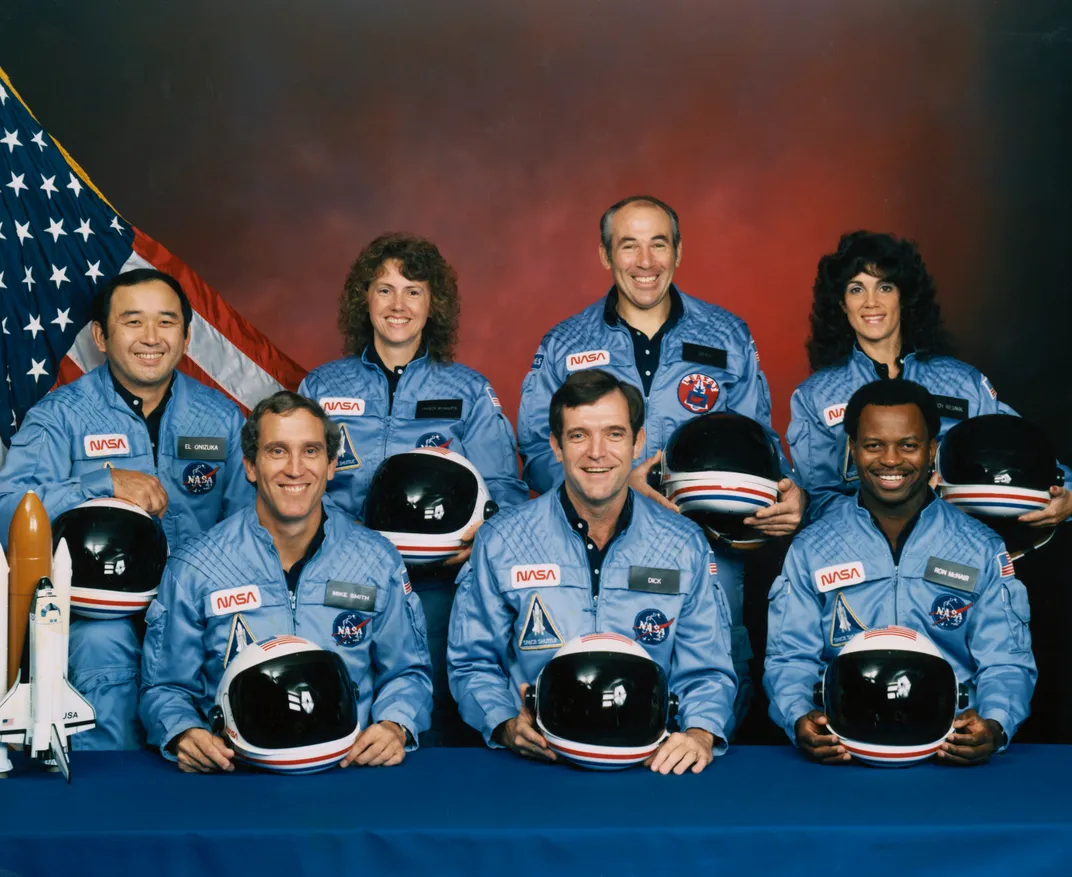
The timing of Challenger’s launch was crucial. NASA had sold the shuttle to the federal government as something more like an airliner than the space capsules of earlier missions. However, the agency had oversold the idea that liftoffs would become routine and that shuttle missions would be frequent. Challenger’s launch was postponed six times before liftoff on January 28.
Even when a teacher is not aboard, “launches are very much publicized,” Weitekamp says. “They had become a cultural event, a social event in their own right. Millions of people would flood down to Florida. And even if you were just in Florida at the time of a launch, you would find that the highway would empty out, and everybody sat on the cars on the side and watched it launch.”
When Challenger roared upward, the right-hand booster expelled a small cloud of smoke. Seconds later, flames began to consume the whole craft. An explosion followed. The image of that blast became especially hard to forget, Weitekamp notes, because millions of schoolchildren were watching on TV. Among the crowd on-site were the astronauts’ families and friends as well as the Teacher in Space semifinalists. What they witnessed was a disaster. The Challenger crew cabin disappeared in an expanding conglomeration of fire and smoke. It hit the Atlantic Ocean. Everyone aboard was killed.
In the aftermath of Challenger’s loss, it has been estimated that more than ten million adult Americans attended memorial services for Challenger’s crew. The crew’s families pushed for the creation of science and math programs named after Challenger. Envelopes poured in with contributions both large and small. Air Force stations, airports and schools were named after crew members. At least 40 schools were named after McAuliffe alone.
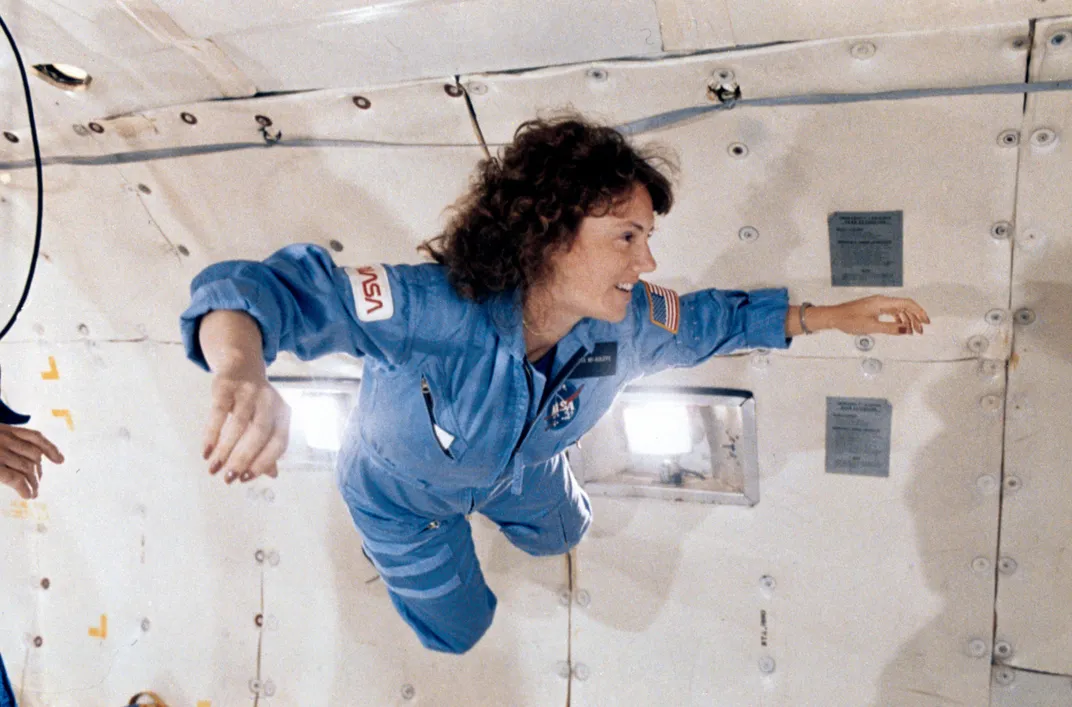
Initially, NASA assured Americans that the crew had been killed instantly, and that the Challenger tragedy had been an unforeseeable accident. Neither assertion proved to be true.
Although it was not visible after the explosion, the crew compartment remained intact and crashed into the Atlantic Ocean almost three minutes after the blast. When the crew cabin was discovered on the ocean floor about two months after the launch, there were indications that at least part of the crew had survived for seconds or minutes. Some instruments were not in their standard positions, and these were not buttons that could be jostled out of place by an explosion: They were made to be handled by human fingers, which is apparently what happened after the blast.
In addition, three Personal Egress Air Packs, which normally would be used only in launchpad emergencies, had been activated. Based on its serial number, one belonged to Smith, who could not reach the button to activate his own pack. Resnik and Onizuka were on the flight deck seated behind Scobee and Smith, and one of them may have turned on Smith’s pack to provide a small amount of additional breathable air. His widow, Jane Smith, later said she believed that her husband knew he was going to die, but he was determined to fight it every step of the way.
While there apparently were survivors on the flight deck, astronaut Mike Mullane wondered about McAuliffe, Jarvis and McNair, who had no view of the outside world from their seats on the mid-deck. Mullane said that he imagined them “locked in the most horrifying of circumstances. They had no windows, no instruments. They were totally dependent upon the upstairs crewmembers to keep them informed.” Ultimately, medical experts found no way to determine the crew’s cause of death. Two likely suspects were decompression and impact when the cabin hit the ocean.
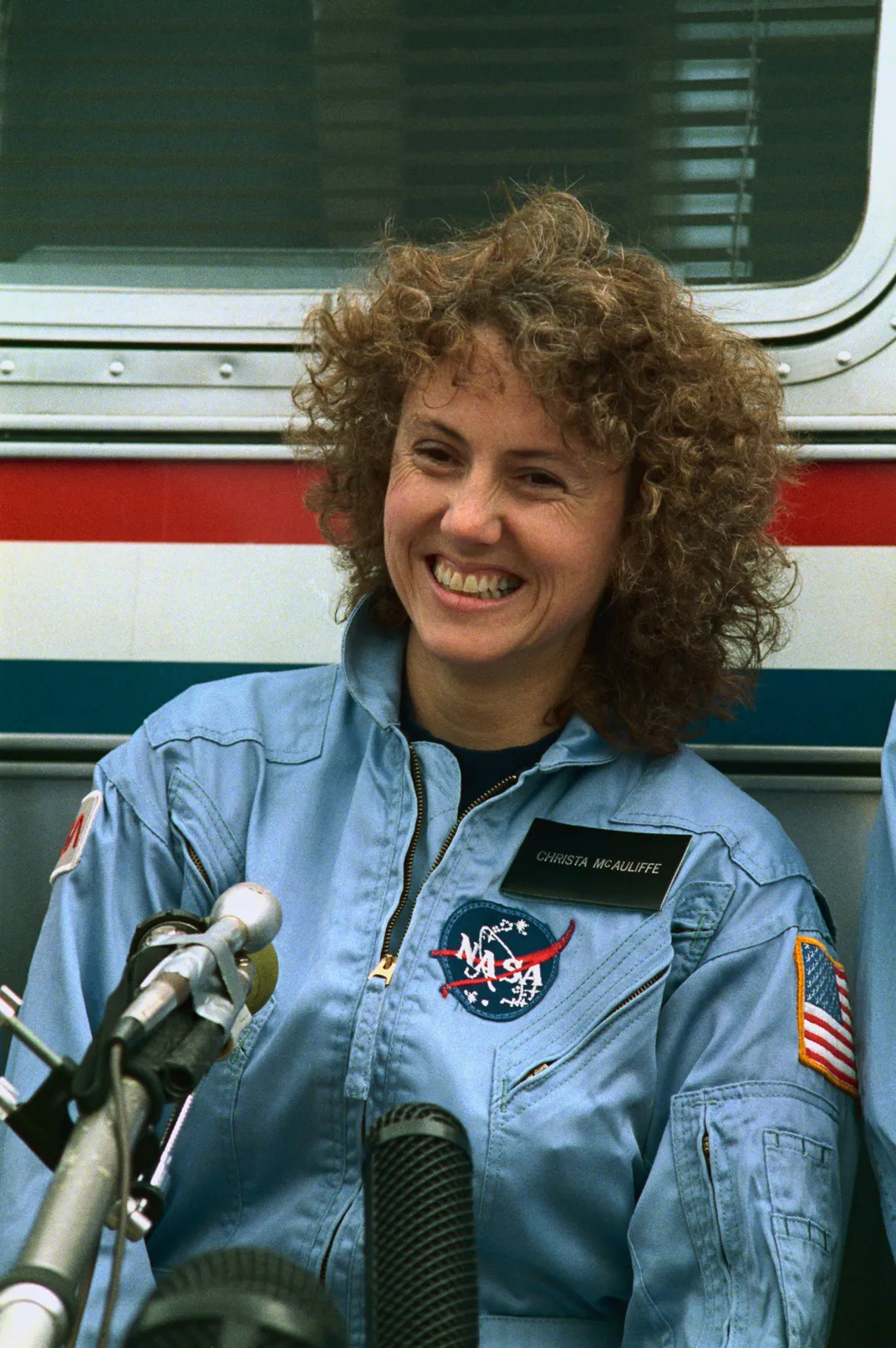
In addition, a presidentially appointed panel, the Rogers Commission, concluded that conscious decisions made by NASA and one of its contractors had led to the destructive blast. On the night before the launch, company officials and engineers at Morton Thiokol, which manufactured the rocket boosters, had attempted to convince NASA to delay the flight because of low temperatures. They all knew that O-rings installed to hold the booster together had experienced some damage on previous flights, and that the O-rings apparently were more vulnerable in low temperatures. The overnight forecast before the morning launch got as low as 18 degrees.
Morton Thiokol couldn’t prove that a launch in weather this cold would explode because it had never happened, but the threat was there. In a contentious discussion, NASA officials had pressured Morton Thiokol to back down, and the company did. The investigative commission determined that damaged O-rings lost their seal, allowing hot gases to escape and cause the explosion. Primarily because of the candor of some Morton Thiokol witnesses, the commission found that NASA’s culture had given way to thinking that if the O-rings deteriorated on previous flights without killing the crew, the agency could continue facing that risk rather than taking the time to correct the problem.
The crews’ families were devastated by the realization that NASA knowingly risked their loved ones’ lives. McAuliffe’s father, Ed Corrigan, wrote in private notes: “My daughter Christa McAuliffe was not an astronaut—she did not die for NASA and the space program. She died because of NASA and its egos, marginal decisions, ignorance and irresponsibility.” Overwhelmed by the realization that NASA had not revealed the O-ring issue to astronauts, chief astronaut John Young sent a memo to the entire astronaut corps expressing his outrage. Young wrote, “From watching the Presidential Commission open-session interviews on television, it is clear that none of the direct participants have the faintest doubt that they did anything but absolutely the correct thing in launching 51-L at every step of the way. … There is only one driving reason that such a potentially dangerous system would ever be allowed to fly—launch schedule pressure.”
Almost exactly 17 years after the Challenger disaster, NASA’s shuttle Columbia was destroyed on re-entry, killing all seven astronauts on board, and the presidential investigation in that case concluded that a large piece of foam had hit the ship on liftoff. Because foam had struck shuttles on previous flights without killing anyone, NASA had not prioritized finding an answer to the recurring problem. In this case, the foam had damaged Columbia’s heat-shield tiles. Correcting the problem after the shuttle’s 16-day mission was underway would have been virtually impossible, but during that mission, no effort was made to analyze the problem’s severity. While that tragedy received national news coverage, it lacked the “visceral” response of Challenger’s loss, which was viewed by so many children, says Weitekamp. Columbia was NASA’s last shuttle disaster, and its shuttle era concluded in 2011.
The end of Christa McAuliffe’s months in the national spotlight was not what anyone had expected, but Weitekamp, like so many others, still celebrates her legacy.
“I think we can learn a lot by looking back and remembering her as a person,” she says, “and then trying to understand the complexity of what happened.”
